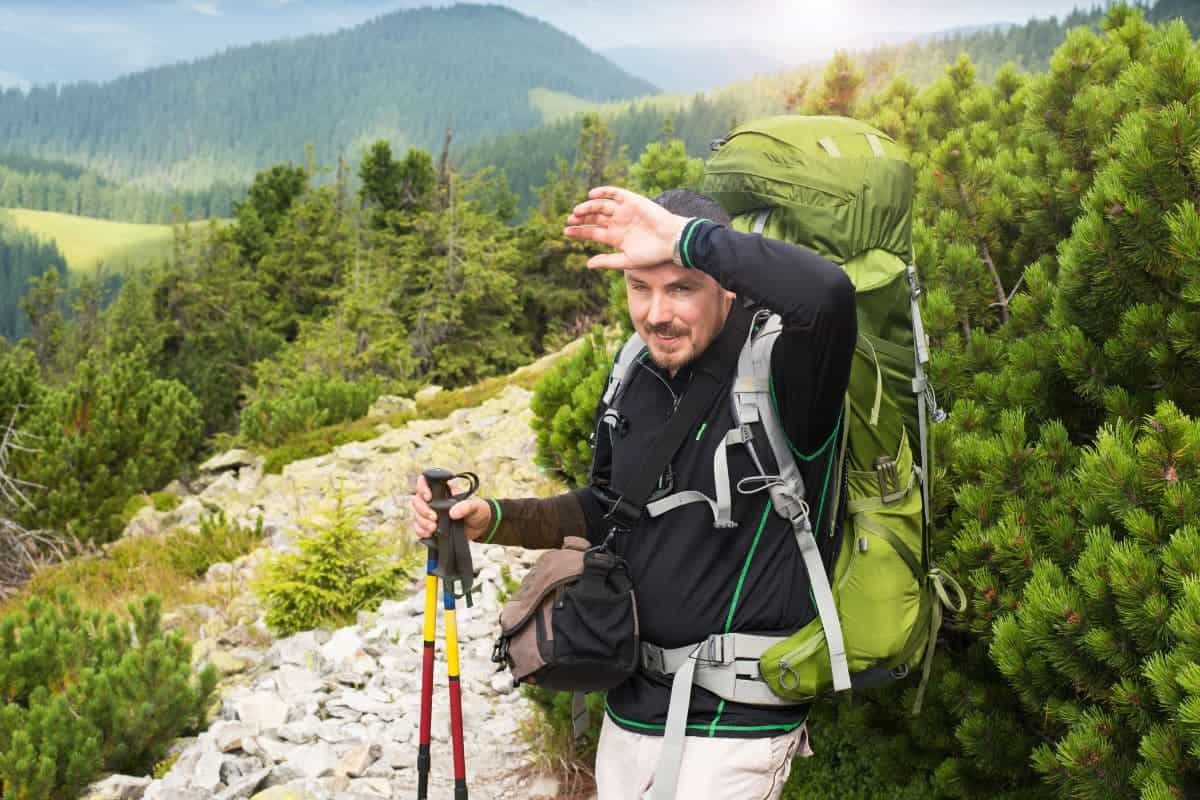Going on the toughest thru-hikes in America is an adventure like no other, pushing you to your limits. These trails demand physical strength, mental toughness, and careful planning.
If you’re up for the ultimate challenge, read on for insights to test your strength and determination.
Article Highlights
- Thru-hikes in the U.S. are challenging adventures requiring thorough preparation.
- Terrain diversity and weather conditions significantly contribute to trail difficulty.
- Proper gear, knowledge of regulations, and mental toughness are crucial for success.
Top Hardest Thru Hikes
1. Pacific Crest Trail
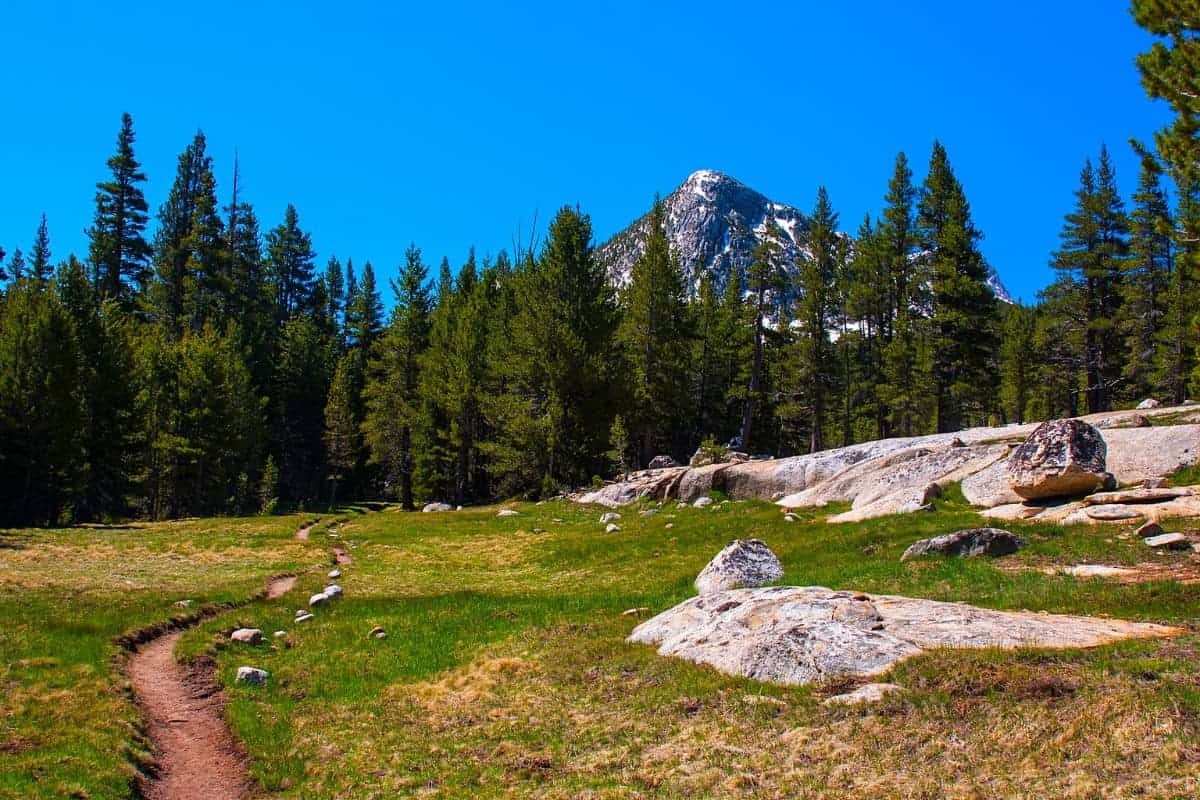
The Pacific Crest Trail (PCT) spans 2,650 miles from Mexico to Canada through California, Oregon, and Washington.
You’ll see a bunch of diverse ecosystems, mountainous terrain and you might even face some snow. Hiking the PCT typically takes four to six months, so be prepared for a half-year of wilderness immersion.
| Features | Highlights |
|---|---|
| Length | 2,650 miles |
| Average Completion Time | 4-6 months |
| Key Challenges | Altitude, variable weather, remote areas |
2. Continental Divide Trail
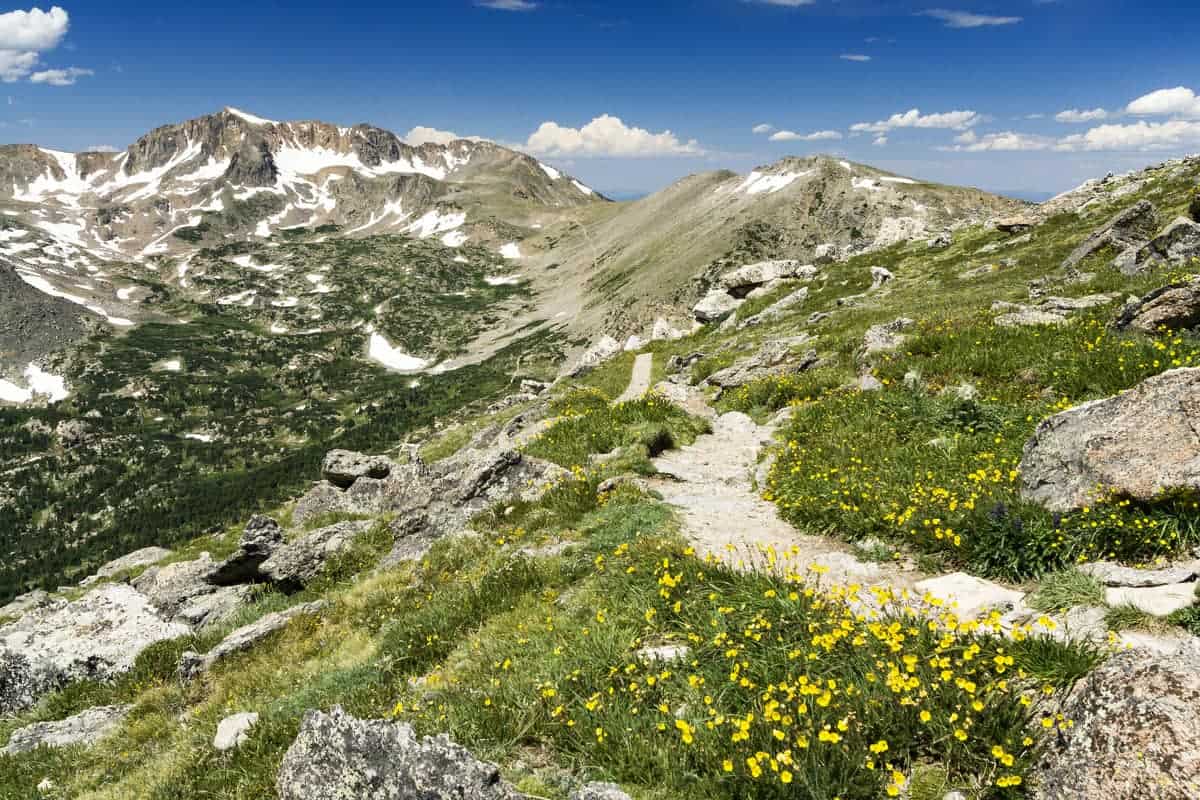
Continental Divide Trail (CDT) is your ultimate test, stretching over 3,100 miles and reaching an elevation gain of around 450,000 feet.
Cutting through New Mexico, Colorado, Wyoming, Idaho, and Montana, this trail is not for the faint-hearted.
You’ll need solid backcountry skills as navigation can be tricky and resupply points far between.
| Features | Highlights |
|---|---|
| Length | 3,100 miles |
| Elevation Gain | ~450,000 feet |
| Key Challenges | Navigation, elevation changes, longer stretches between resupplies |
3. Appalachian Trail
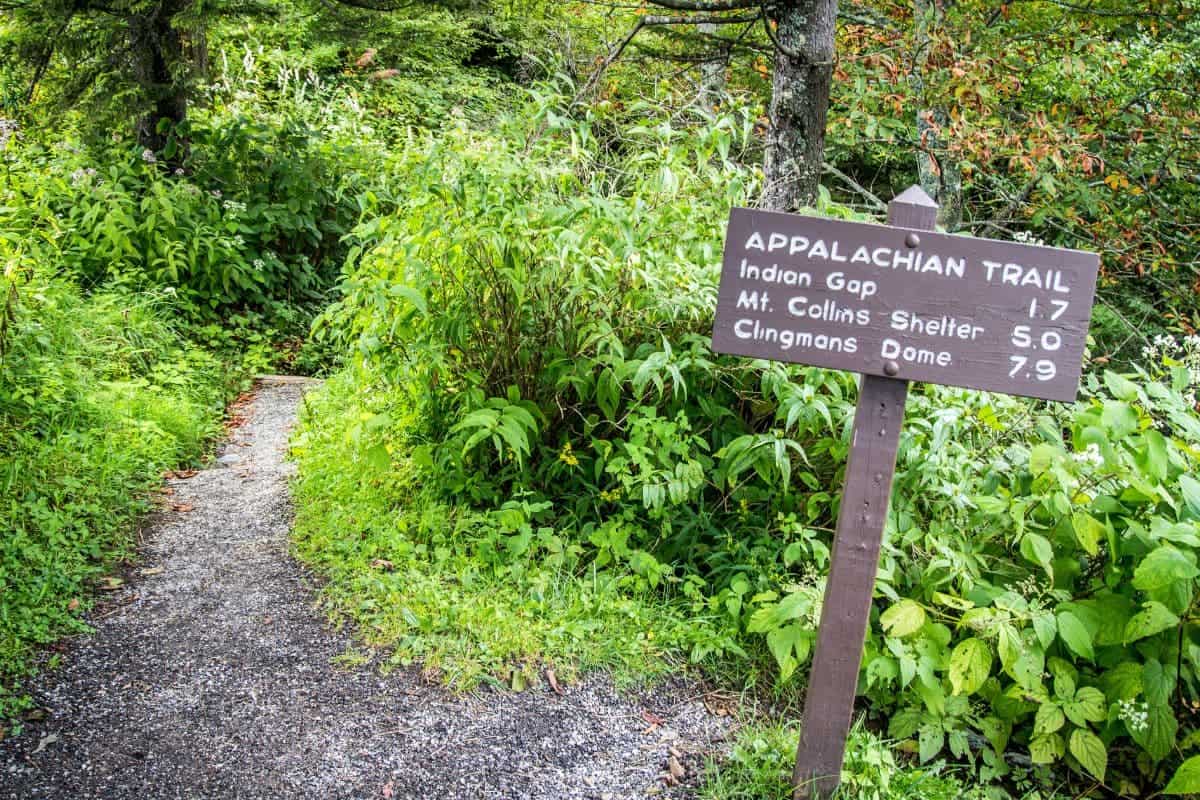
Trekking from Georgia to Maine, the Appalachian Trail (AT) covers 2,190 miles of the Appalachian Mountains.
You’ll join the ranks of many hikers looking to accomplish the whole trail, usually over five to seven months. Weather, particularly in the White Mountains and Maine, can be unpredictable, so come prepared.
| Features | Highlights |
|---|---|
| Length | 2,190 miles |
| Average Completion Time | 5-7 months |
| Key Challenges | Inclement weather, terrain, crowd management during peak seasons |
Understanding the Terrain
When getting ready for the hardest thru-hikes in America, it’s vital to understand the terrain you’ll encounter.
Mountainous Regions and Elevation
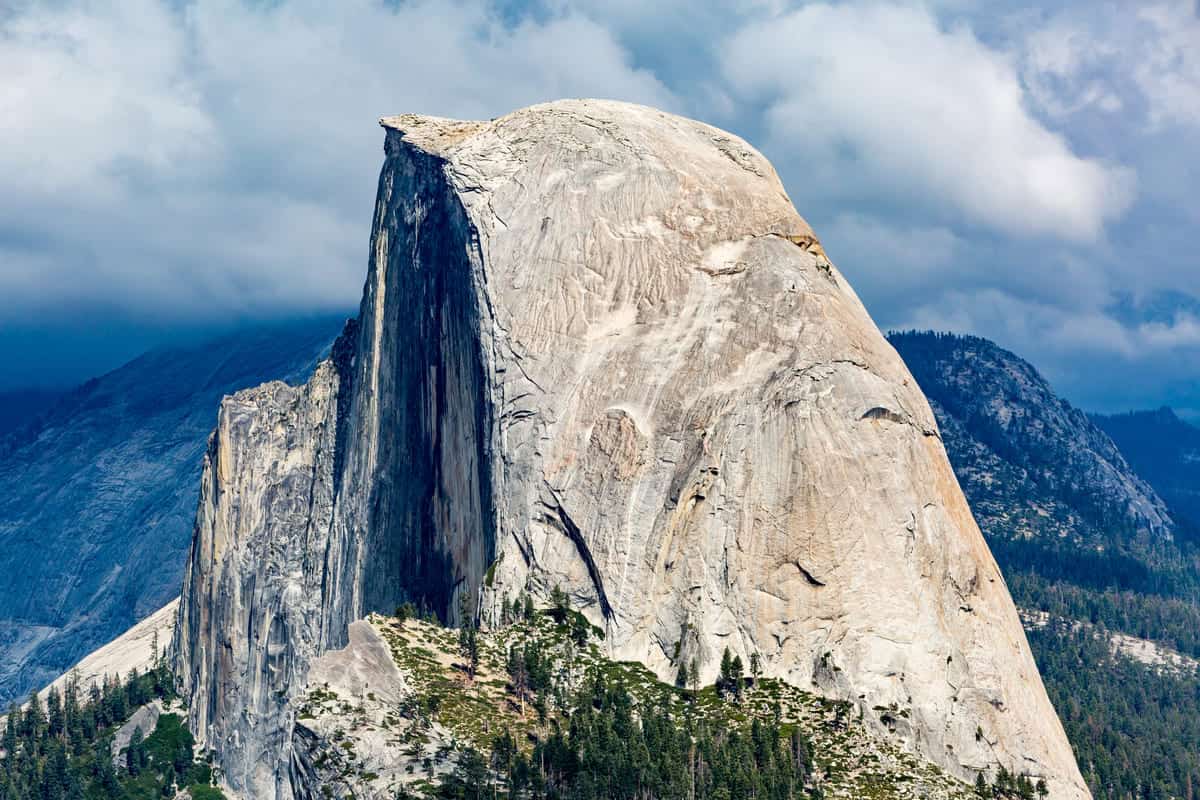
Imagine trudging up Yosemite National Park’s Half Dome, facing steep ascents and the famous cable climb. Here, it’s a hefty 14.2-mile day hike with steep ascents and the famous cable climb.
Now, picture the glory of Glacier National Park, with its Continental Divide Trail spanning 3,100 miles and an elevation gain akin to climbing Everest several times over. You’re looking at thin air and legs of steel territory.
Desert Landscapes and Aridity
Deserts test your endurance differently. Thru-hikes like those in Canyonlands National Park throw you curves with scorching heat and scarce water sources.
Your preparation must include a solid hydration plan and understanding the arid environment, or you’ll be baking in the desert sun faster than a tray of cookies.
Forested Trails and Wilderness
In spots like the White Mountain National Forest, you’re wandering through wilderness that demands respect.
Wildlife, unforeseen weather changes, and the unyielding forest floor are par for the course. And oh, let’s not forget the remoteness. It’s just you and nature, buddy, so know your trail, or you might get more solitude than you bargained for.
For a list of the shorter thru-hikes, check out our guide here.
Challenges and Hazards
When taking on America’s hardest thru-hikes, be ready to face tough challenges. Weather can flip on a dime, altitude might have you gasping for breath, and wildlife – let’s just say you better keep your eyes peeled.
Weather and Climate
If you’re hitting trails like the Continental Divide, be ready for sudden storms that can lead to hypothermia or flash floods. With temperatures, expect scorching days and freezing nights; layer up to adapt quickly.
Core Mountaineering Pro-Tip: Choose gear that’s waterproof and breathable to stay dry and comfortable in any weather. Before heading out, check the forecasts to be prepared for what nature has in store.
Altitude and Acclimatization
Altitude sickness is no joke, and it can hit you harder on trails like those in the Rockies. Your body needs time to get used to the thin air.
Tips to cope with altitude:
- Take it slow to acclimatize
- Stay hydrated to help reduce symptoms like headache and dizziness.
- Recognize when it’s time to rest or even turn back for safety.
Wildlife and Safety Precautions
You’ve got more to deal with than just the terrain. Think bears. You’ll need to carry bear spray, and know how to store your food properly.
Safety Precautions:
- Keep a tidy camp to avoid attracting critters.
- Make noise on the trail; don’t surprise a bear!
- Read up on the wildlife you might encounter and how to handle an encounter.
Essential Gear and Preparation
Backpacking Equipment
Pack Smart:
- Tent: A lightweight and durable tent suitable for the specific climate.
- Sleeping Bag & Pad: Rated for the lowest temperatures you may encounter.
- Clothing: Quick-dry, layered clothing that can handle the varied temperatures.
Stay Comfortable
- Backpack: Aim for a pack that fits well with enough room for all your essentials but not so large that it becomes cumbersome.
- Hiking Boots: They should be well broken-in to prevent blisters.
Navigation and Survival Gear
Chart Your Course
- Map & Compass: Possessing good navigation skills is crucial; don’t rely solely on electronic devices.
- GPS Device: Great for a backup, but make sure it’s fully charged and consider solar chargers.
Survive the Elements
- Emergency Kit: Include items like a whistle, firestarter, emergency blanket, and first-aid supplies.
- Multi-tool: Compact and serves various survival needs.
Food and Water Management

Food for Thought
- Preserve and Prepare: Opt for dehydrated meals to save weight; pack a compact stove and fuel to cook and heat water.
- Snacks: High-energy bars and trail mix to nibble on the go.
Stay Hydrated
- Water Filter/Purification: Streams may look clean, but always filter or purify.
- Hydration System: Water bladders are efficient for drinking on the move, and don’t forget a durable water bottle or two.
Permits, Regulations, and Ethics
Before you tie your boots and go hiking, there are some rules to follow and things to think about. Let’s make sure your big adventure respects nature and follows the rules.
1. Obtaining Necessary Permits
Permits are your golden ticket to the wilderness highways. For many top-tier hikes like the John Muir Trail, snagging one is tougher than actually hiking it.
Core Mountaineering Pro-Tip: Mark your calendar for two important windows: February 15 to March 2 for the initial application, and May 15 to October 31 for the operating season.
The majority are dispersed via lottery, so cross your fingers and submit early.
- Secure your spot on coveted trails like the Half Dome by entering the digital draw. Some hikes up the ante with only a 20-person quota per day.
- If you’re feeling lucky, certain trails offer day-of permits, giving you a shot at last-minute entry.
2. Leave No Trace Principles
Adopting Leave No Trace ethics isn’t just good manners – it’s your duty.
Resist shortcut temptation and camp on durable surfaces to keep the trail healthy for the next wanderer.
Kicking off with the basics:
- Pack it in, pack it out: All your trash, scraps, and leftovers come back with you.
- Stay on trail: Keep those boots on the beaten path to protect the undergrowth.
3. Respecting Wildlife and Environment
Respect nature as a guest through:
- Keep a safe distance from wildlife and avoid taking selfies.
- Campfires are a no-go in many areas, and for good reason. Stick to designated spots where allowed.
Physical and Mental Preparation
Increasing Fitness Levels
Fitness is key. You’re going to be pushing your body to walk for miles, often on difficult terrain that can include steep ascents and descents.
- Start with daily cardio sessions. Run, bike, or swim to boost your cardiovascular health.
- Include workouts targeting both upper and lower body to prepare your muscles for the heavy lifting – literally, that backpack won’t carry itself!
Did you know that hiking can burn between 400-700 calories per hour, depending on factors like your weight, speed, and the incline of the trail?
So, not only are you exploring the great outdoors, but you’re also getting a great workout!
Mental Resilience and Solo Hiking
When you’re on the trail alone, mental strength plays a crucial role. It’s the difference between pressing on and giving up when things get tough.
- Practice scenarios in your mind or set up complex situations during your training hikes.
- Take increasingly longer solo hikes to get comfortable being alone with your thoughts.
Group Dynamics on Challenging Trails
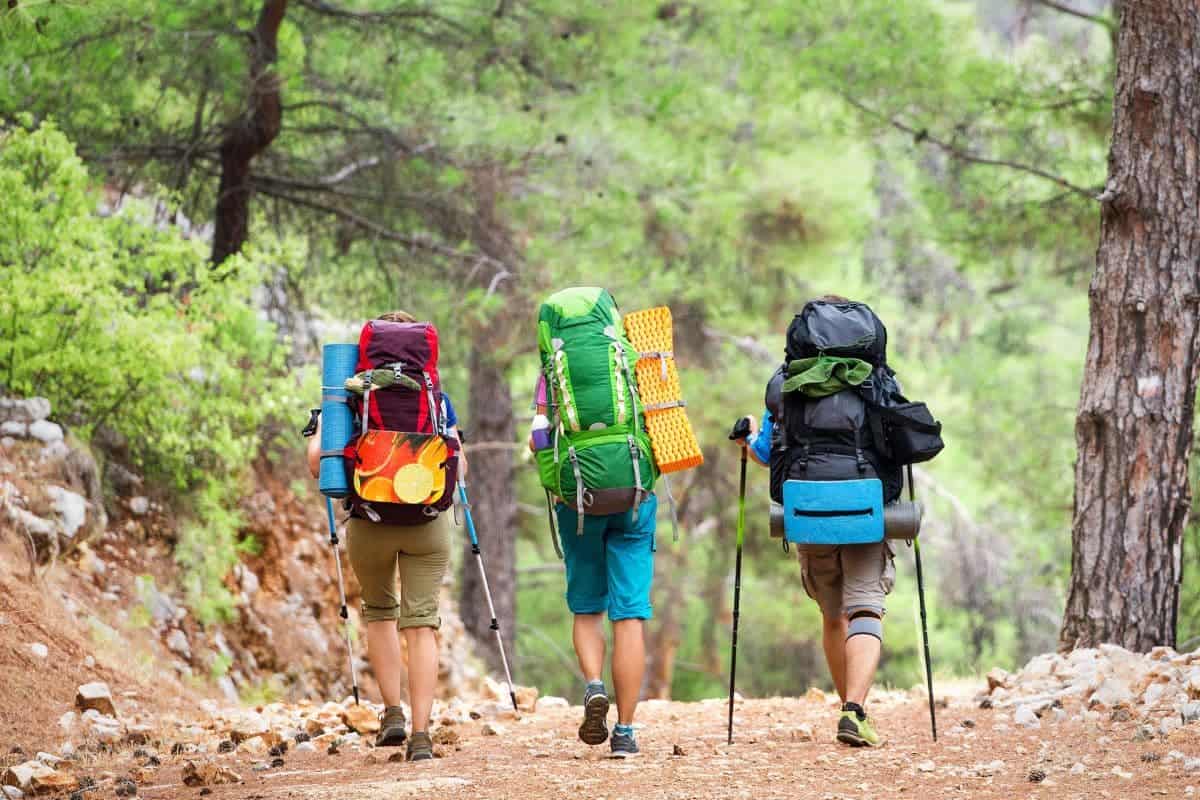
Hiking in groups isn’t just about socializing; it’s about teamwork and leveraging the collective skill set.
- Assign roles based on strengths. Maybe you’re great at navigation or excel in setting up camp.
- Practice communication. Clear, effective communication can prevent misunderstandings and increase morale.
Notable Difficult Sections
Knife-Edge Ridges and Exposed Peaks
Climbing Half Dome in Yosemite? Brace yourself for The Cables—a steep section with makeshift ladders and cables where you face sheer drops on both sides.
Enjoy a thrill? Knife-edge ridges offer an exhilarating experience—keep your focus on the narrow path and solid footing.
Heavy Switchbacks and Steep Climbs
You’ll find the South Kaibab and Bright Angel Trails in the Grand Canyon come with a reputation. They’re stacked with heavy switchbacks zigzagging down into the canyon.
Although the Bright Angel Trail offers shaded rest-houses and water, the climb back up is intense, especially under the desert sun. Your calves will scream, but the views? Worth every step.
River Fords and Water Crossings
Be prepared for river crossings; some can be waist-high with strong, icy currents, especially after rain or snowmelt.
Trekking poles aren’t just handy—they’re a necessity for stability. Remember, always unclip your backpack before you wade in. Safety first, adventure second.
Unique Features Of The Toughest Trails
The Majesty of National Parks
Grand Canyon National Park
When your trail takes you into the heart of a national park, expect to be floored. At Grand Canyon National Park, the enormity and color of the canyons are a feast for the eyes. The serene meadows compliment the rugged terrain, offering spots of tranquility.
From lookouts like Yaki Point, you’re treated to a sunrise that splashes the canyon walls with hues of gold and red.
Coastal Paths and Ocean Views
Kalalau Trail, Kauai
Coastal hikes like Kauai’s Kalalau Trail offer vistas that are unmatched – think panoramic ocean views with a soundtrack of crashing waves. The allure of coastal paths is enhanced by the ever-present ocean mist, which keeps you cool and adds a touch of mystery to the hike.
Canyons and Meadows
Mount Adams
Venture inland and you’ll find hidden treasures like the canyons that carve through the landscape, revealing layers upon layers of geological history.
The trails around Mount Adams present you with meandering paths through alpine meadows, dotted with wildflowers and the chance to spot wildlife in their natural habitat.
Logistics and Transportation
When you go on a long hike, it’s really important to plan how you’ll get to and from the starting points and how you’ll get more supplies as you go. Let’s talk about planning your rides and getting more supplies so you can just concentrate on hiking.
Planning Entry and Exit Points
Begin in Mexico or Canada
- On the Canadian border, plan your travel to or from Canada if you’re tackling the northern or southern terminus of a trail.
- In New York or Chicago, look into flights or train services from these major urban centers to get closer to your entry points.
Core Mountaineering Pro-Tip: If you’re hiking the Continental Divide Trail (CDT), consider starting your journey at Crazy Cook Monument, NM, or finishing up at Glacier National Park, MT.
Long-Distance Support and Resupply Strategy
Resupply on the Trail
- Plan your resupply points carefully. You might have stretches of more than 100 miles without access to a town on trails like the CDT.
- Send packages in advance to post offices or other services near the trail.
- Identify local stores along the route for direct resupply. This is especially relevant on trails like the Appalachian Trail (AT) known for its robust hiker services.
Shuttles, Trail Angels, and Hiker Hostels
Always take advantage of shuttles, trail angels, and hostels to ease your logistics.
- Shuttles: Often available in towns near the trail, they can take you to and from the trailheads.
- Trail Angels: These volunteers offer various support, like lifts and sometimes lodging.
- Hiker Hostels: Found along the AT, they provide a place to rest and restock.
Frequently Asked Questions
Which thru-hike is considered the most challenging in the United States?
The title for the most challenging thru-hike often goes to the Continental Divide Trail (CDT). Spanning 3,100 miles across five states with an elevation gain of around 450,000 feet, it’s a true test of endurance and hiking prowess.
Can you rank the top thru-hikes in the US by difficulty?
While individual experience may vary, the general ranking by difficulty from highest to lower could be: 1. Continental Divide Trail, 2. Pacific Crest Trail, 3. Appalachian Trail. Factors like distance, elevation change, and wilderness isolation contribute to these rankings.
What aspects make the big three American thru-hikes so demanding?
The big three — the Appalachian Trail (AT), Pacific Crest Trail (PCT), and Continental Divide Trail (CDT) — are known for their length, encompassing thousands of miles, severe weather conditions, remote wilderness, and significant elevation changes that challenge even seasoned hikers.
How does the Continental Divide Trail compare to other long-distance treks in terms of difficulty?
The Continental Divide Trail is often considered the most demanding of the long-distance hikes in America. It’s not only about the distance but the trail’s remote nature, navigation challenges, and the high altitude that make it exceptionally tough.
What should hikers expect from the terrain and conditions on the Pacific Crest Trail?
On the PCT, be ready for diverse terrain from the deserts of Southern California to the High Sierra and the forests of the Pacific Northwest. Weather conditions can be extreme, and the lengthy sections with significant elevation changes will test your mettle.
Are there any lesser-known thru-hikes in America that are known for their extreme difficulty?
Yes, one such example is the Maze in Canyon lands National Park, known for its confusing, labyrinthine passages. It’s certainly not as long as the others but requires advanced navigation skills and self-sufficiency.
final thoughts – Test your endurance with America’s most challenging thru-hikes
As you get ready to conquer some of America’s most challenging thru-hikes, remember: these trails are not merely paths; they’re tests of endurance, willpower, and connection with nature.
Along the way, you’ll encounter breathtaking landscapes, unpredictable weather, and moments of solitude that challenge and inspire. So as you set out on this adventure, respect the wilderness and come across the resilience within yourself.

